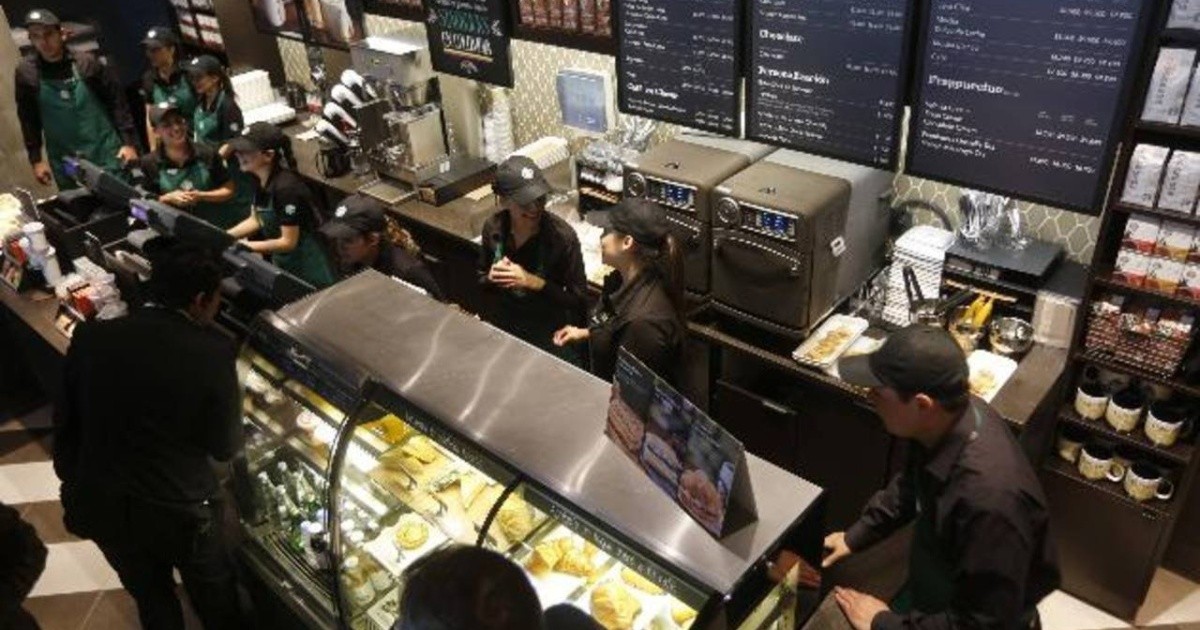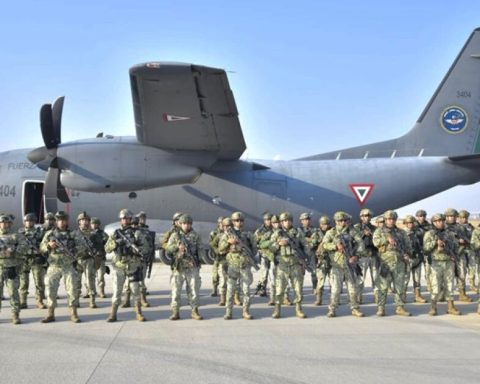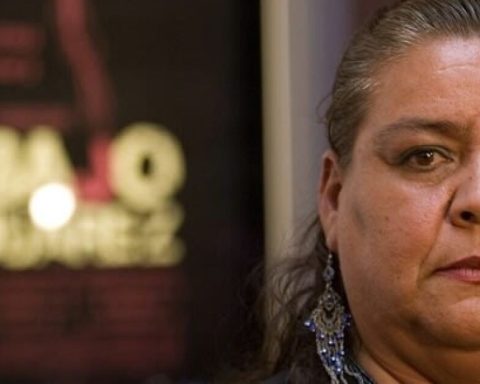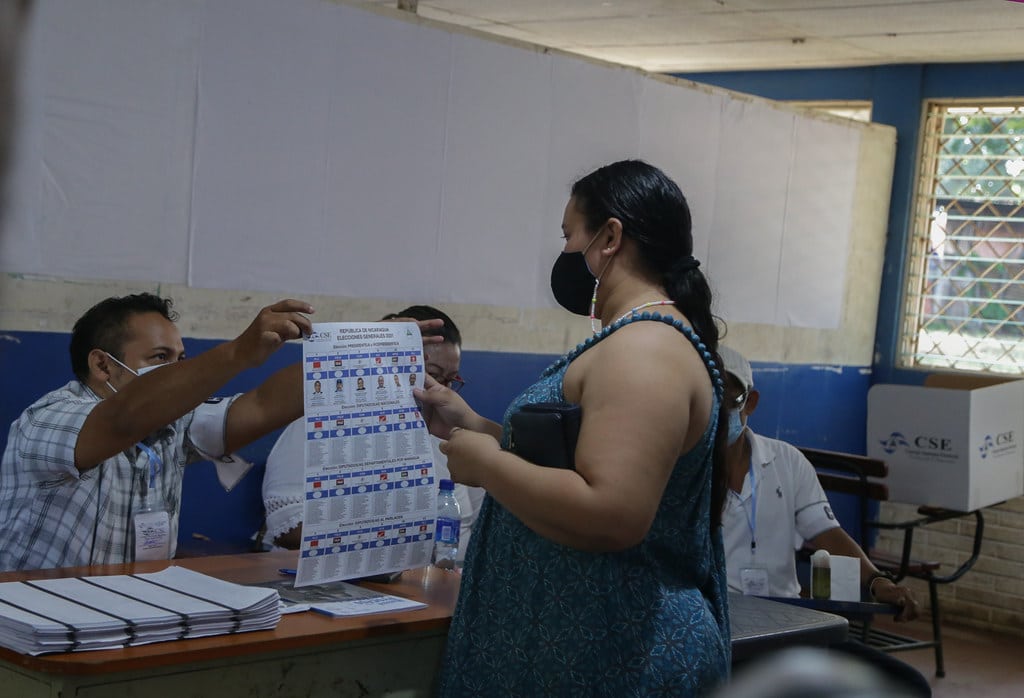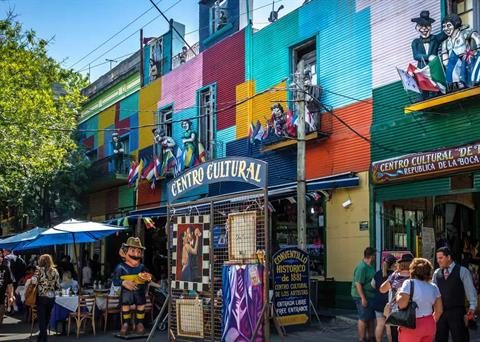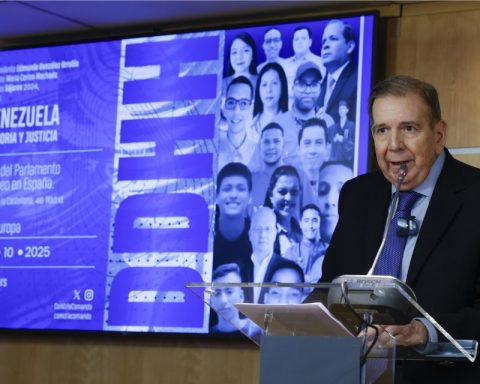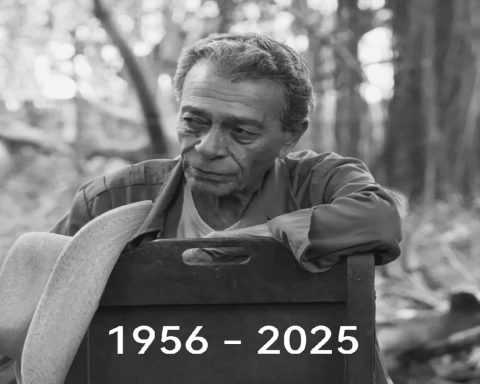Employees of starbucks, amazon either Manzana They’ve made a splash in recent months in the United States by unleashing a new wave of unionization, but they’re having a hard time seeing their movement’s success reflected in concrete progress.
Some even report direct consequences of their decisions, like Will Westlake, a Starbucks barista who officially lost his job in early October for failing to remove a suicide prevention pin from his apron.
But according to him it is a pretext and, he assures, he was fired in retaliation for participating, for a year, in the team that led in December 2021 to the union Starbucks Workers United (SBU) to train in a café managed directly by the chain in Buffalo, United States.
Since then, some 250 establishments of the firm have joined the movement.
I’m number 123 on the list” of workers fired for union membership, Westlake said.
The company preferred not to comment on the union’s accusations against it.
These are “unfortunately routine” sanctions in American companies, points out Ruth Milkman, a sociologist at CUNY University.
“Frustrated Youth”
Like many trade union observers, this expert was surprised by the arrival of unions to establishments of Starbucks, Amazon, Appleor to supermarkets Trader’s Joecompanies where this form of organization does not usually prosper.
They were particular moments, between labor shortages, pandemic, young workers frustrated by few options,” he summarizes.
Since the 1980s, there has been a downward trend in the union membership rate.
But the agency that governs labor law in the United States, the NLRB, recorded a 53% increase in the organization of union votes in the 12 months ending in September. In some cases, these are small establishments, explains Milkman.
Winning an election “is the easiest part” but then you have to achieve “a collective agreement and the government does not always have the means to push companies to negotiate in good faith,” explains Sociology professor Cedric de Leon, from the University of Massachusetts Amherst.
culture of fear
The NLRB complains that several companies use anti-union strategies.
In August, a judge ordered Starbucks to rehire seven Memphis cafe employees who were fired after trying to join a union.
Employers “want to reinstate the culture of fear and intimidation,” says De Leon.
The new members of the unions have a rare political support in the United States: the president Joe Biden regularly greet your advances.
This support is not enough, says De Leon. Unions need the support of local communities and, above all, show that they are willing to act: “250 Starbucks cafes striking at the same time can be decisive,” the sociologist exemplifies.
The expert recalls that the last two great waves of union membership, in the 1930s and 1970s, occurred during periods of economic crisis.
